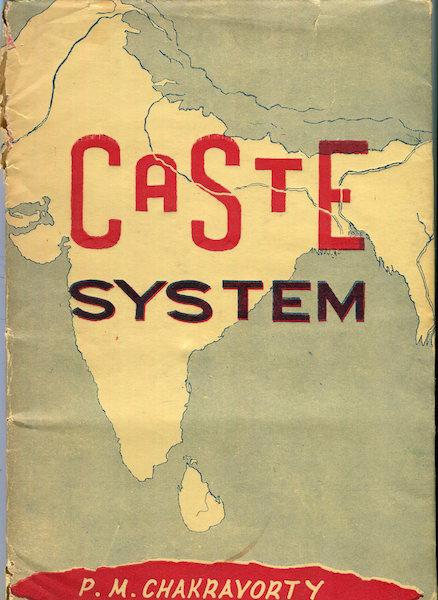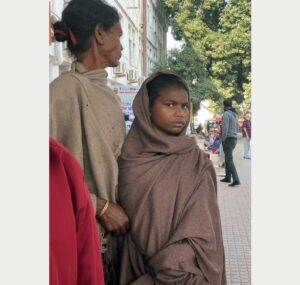
Communicating caste, invisibilizing violence: An assessment of how NCERT textbooks teach caste

How is caste communicated through NCERT textbooks? In this piece, Sumit Chaturvedi undertakes a content analysis of how caste appears in Indian school textbooks and finds that caste is taught with an implied “pastness”, i.e., it is presented as a historical phenomenon that does not have any continuity in the present. He calls this “textbook gaslighting” where the textbooks make students believe that vulnerable caste groups now have protections, and in doing so, largely invalidates the lived experiences of Dalits which are rooted in violence. Against this backdrop, the government mandated removal of certain sections dealing with caste in these textbooks becomes even more controversial since it reduces what students learn about caste violence.
Introduction On 18 March 2019, the news broke that the National Council for Education, Research and Training (NCERT) was removing certain sections of the Class 9 history textbooks. Amongst the 70 pages to be deleted was a significant section that explained the struggles of the Nadar women of Travancore. These were women of the Nadar sub-caste (earlier called Shanar), who were not allowed to wear an upper cloth to cover the tops of their bodies. This rule was enforced by the Travancore royalty to accentuate the Nadar community’s so-called “low-caste” status in society. Between 1813 and 1859, the Channar Revolt ensued during which many Nadar women were assaulted by Nairs for wearing the upper cloth. In 1859 they were permitted to wear an upper cloth but it was to be unlike what was worn by their “upper-caste” contemporaries. This censoring of NCERT textbooks has been in the making for a…
Related Posts


Donald Trump’s Master Economic Plan I Opinion by Yanis Varoufakis




